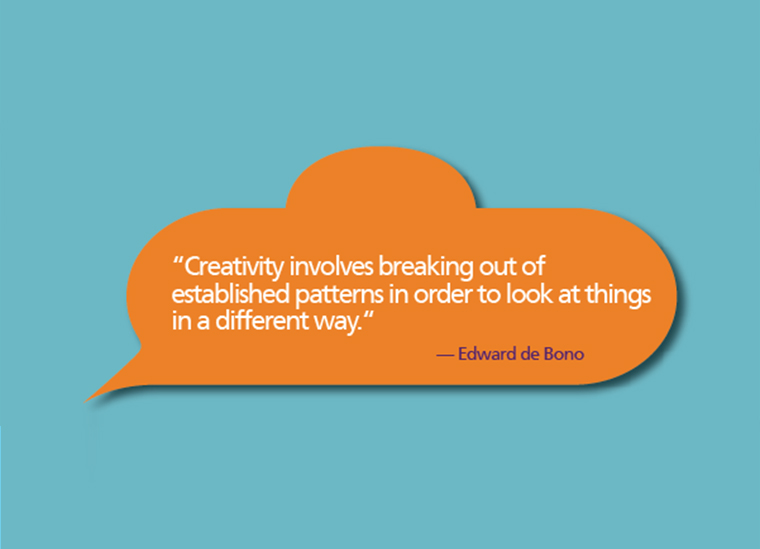Ah, naming!
One of our favorite tasks here at insight180 . . . . most of the time. Naming and rebranding in the wrong hands, however, can be detrimental, even disastrous. How can you be sure not to undermine the process and come up with a successful name for your advisory service business, nonprofit business or brand extension?
We’ve shared some naming guidelines with our readers in a previous post and we’ve given workshops on naming and rebranding. Last month we shared a post about a very important but tough-to-explain aspect of naming called Mouthfeel. This month we back up a bit to look at some of the whys and hows of the naming process.
What are the most important steps in creating a name? 1) Know yourself (and your organization), 2) know why you are renaming, 3) know how you are different and better, and finally and probably most important, 4) be open to some new thinking.
We are often approached by companies who are ready to rebrand, with a litany of stipulations about a potential new name.
“It must be memorable and it has to explain what we do, but we don’t want the name to be too long. . . “
“It cannot offend anyone AND must be translatable globally.”
“It must “speak” to all of our target audiences. . . . and we have four primary and 17 secondary audiences.”
“It needs to be edgy, but we can’t be too crazy.”
“It needs to tell a story.”
You get the idea. And so do we. There’s a lot of fear in change. There’s risk in a rebrand. But any list of requirements must be prioritized, and taken with a grain of salt, because satisfying all criteria equally just isn’t going to happen, nor should it. So, what is an organization to do? That’s where we get to the lovely quote at the top of the page.
Lateral Thinking
The quote above states, “Creativity involves breaking out of established patterns in order to look at things in a different way.”
This quote by Edward de Bono, known as the originator of the term “lateral thinking”, is quite relevant to our creative process here at insight180. Lateral thinking is a process of generating ideas by suspending judgment, breaking patterns and problem solving by working from different angles, or as de Bono states, “random entry.”
Although not familiar with de Bono at the time, we named our company insight180 with this concept in mind. Doing a “180” implies an about-face or complete change. What we’ve always told our clients is that we approach their communications or branding problem from a different angle.
Breaking away from the pattern
How do we break clients out of established, predictable patterns? We interrupt their thought process. Right from the beginning, we ask them to abandon their preconceived ideas and their laundry list of requirements. We guide them through a different process and educate them about branding along the way. We take the focus off of them for the moment to explore competitors and the related marketplace, lead them through exercises and discussion about perception and differentiation, and share truly inspirational examples that get them to start seeing new possibilities. By seeing what’s out there (the good, the bad, the ugly and the inspirational), new ideas and priorities start to click.
Determine your “why.”
New names and rebrands are sometimes met with criticism. Change is risky and some of your stakeholders (external and internal) may not like it. So before embarking on such a change, make sure you know exactly why you are doing so and consider an exploratory phase. Some of the good reasons include expanding, growing or shifting your service offerings; targeting new markets and pursuing new audiences. Just trying out an edgier name or changing things up to try to get more attention is not a good reason.
Share your “why.”
Because change can be challenging, be sure to communicate along the way. First, this communication has to take place internally. Informing and potentially involving your internal stakeholders can pay dividends down the road. Share initial ideas, be open to feedback, inform them and tell the story along the way. If your team understands the reason for the change and is informed during the process, chances are they will see the greater good and get behind it. And you’ll have your best brand ambassadors at the ready from the beginning.
One caveat, though. Some feedback is good but keep your team involvement limited. Your core team of decision makers needs to determine priorities and be part of the rebranding process. If you have too many opinions, the name or brand can become watered-down, safe or boring. Be sure to manage your core team and larger team carefully. When done well, a rebrand can propel a brand, increase team morale and transform an organization.
There will be critics.
You can’t please everyone all of the time. So be prepared. Some people seem to only come alive to complain, and yes, they’ll do their best to make their opinions known. Be patient. I remember a few skeptics rolling their eyes when first hearing the name Google, and now it’s a verb. Remember the initial backlash when the iPad first came out? One of my staff reminded me about the references trending on Twitter around feminine hygiene products (oh yeah, now I remember). But that mockery was shortlived because it was a great product from a company with an already great brand.
Meaningful brand names will be established by those who are willing to do some work – discover who they really are, who their target audience is, what makes them different, why it matters, and approach it all from a new angle. The possibilities are endless.
— Wendy Baird, principal and president

